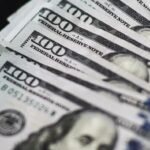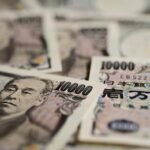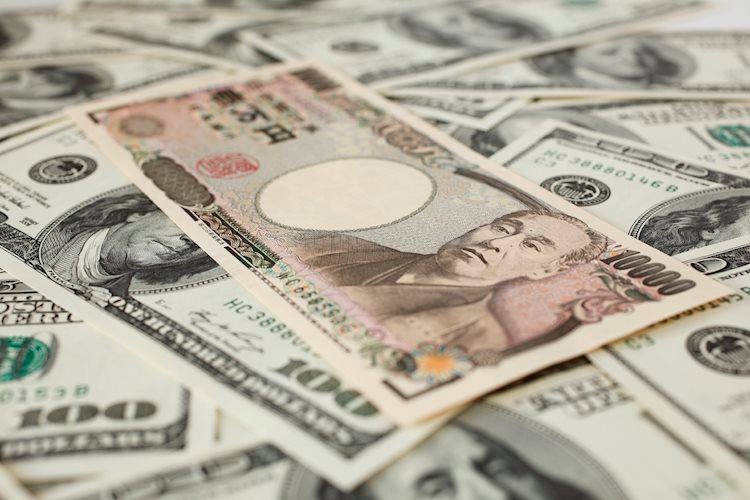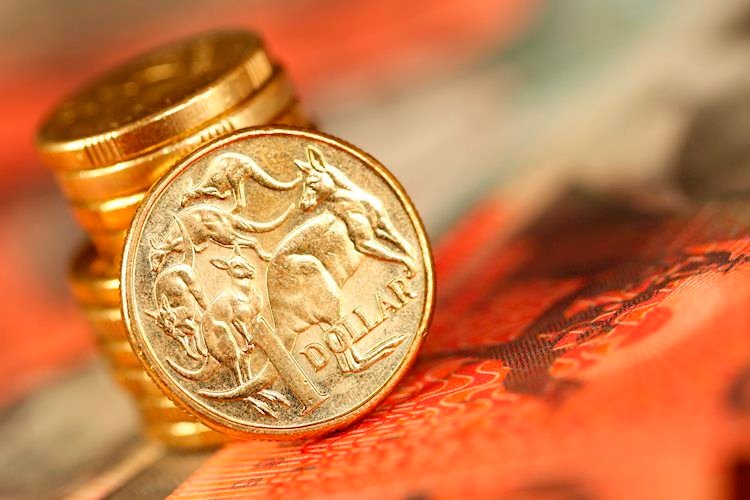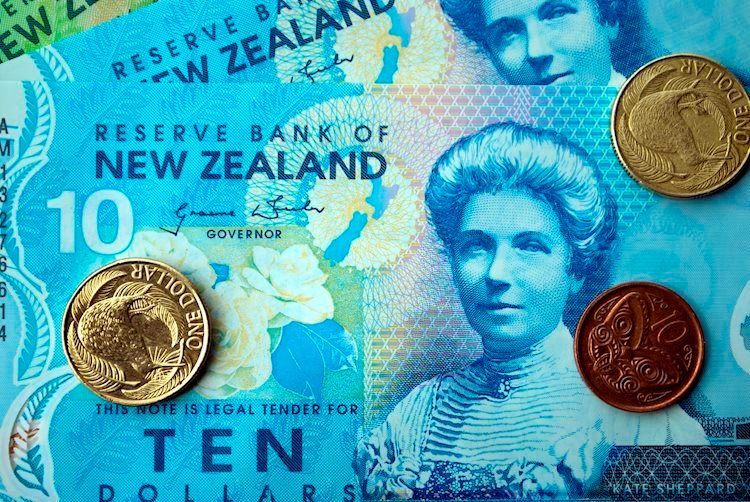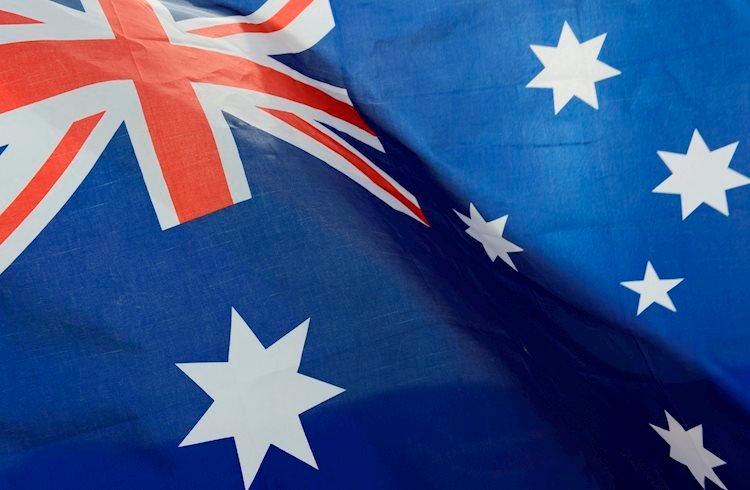- The Japanese Yen draws support from fears about a possible government intervention.
- The BoJ rate-hike uncertainty and the risk-on environment should cap the safe-haven JPY.
- A bullish USD might further act as a tailwind for USD/JPY ahead of the key FOMC decision.
The Japanese Yen (JPY) struggles to register any meaningful recovery against its American counterpart and languishes near the lowest level since July 30. The uncertainty over the Bank of Japan’s (BoJ) ability to hike interest rates further, along with the prevalent risk-on environment, continues to undermine the safe-haven JPY. Adding to this, elevated US Treasury bond yields, bolstered by Republican Donald Trump’s comeback as the 47th President of the United States (US), turns out to be another factor acting as a headwind for the lower-yielding JPY.
Meanwhile, the overnight slump prompted verbal intervention from Japanese authorities, which could offer some support to the JPY and help limit losses. The US Dollar (USD), on the other hand, held steady just below a four-month top touched on Wednesday amid optimism about higher growth and inflation, which could restrict the Federal Reserve’s (Fed) ability to cut interest rates. This could further act as a tailwind for the USD/JPY pair ahead of the highly anticipated Federal Open Market Committee (FOMC) policy decision later this Thursday.
Daily Digest Market Movers: Japanese Yen seems vulnerable despite some verbal intervention from authorities
Japan’s Chief Cabinet Secretary, Yoshimasa Hayashi, reiterated on Wednesday that the government intended to closely watch moves in the FX market, including speculative moves, with a higher sense of urgency.
Adding to this, Atsushi Mimura, Japan’s Vice Finance Minister for International Affairs and top foreign exchange official, said on Thursday that the government is ready to take appropriate actions against excess FX moves if necessary.
The minutes of the September Bank of Japan meeting showed that the central bank plans gradual policy rate increases, though it remains cautious about overseas economic uncertainties, especially from the US.
Investors, however, seem convinced that the political uncertainty in Japan could make it difficult for the BoJ to tighten monetary policy further, which, along with the risk-on mood, undermines the Japanese Yen.
The US Dollar recorded its biggest one-day gain since September 2022, touching the highest level since July amid hopes that Donald Trump’s policies would push up inflation and reduce the pace of interest rate cuts.
Furthermore, the return of the so-called Trump trade triggered a sell-off in the US fixed-income market, pushing the yield on the benchmark 10-year US government bond to 4.45%, or its highest level since July.
This resulted in the further widening of the US-Japan rate differential, which might continue to weigh on the lower-yielding JPY and suggests that the path of least resistance for the USD/JPY pair is to the upside.
Technical Outlook: USD/JPY seems poised to climb further and aim to reclaim the 155.00 psychological mark
From a technical perspective, the overnight breakout above the 153.80-153.85 supply zone and a subsequent strength beyond the 154.00 mark was seen as a fresh trigger for bullish traders. Moreover, oscillators on the daily chart are holding in positive territory and are still away from being in the overbought zone. This further validates the near-term positive outlook for the USD/JPY pair and supports prospects for a move towards reclaiming the 155.00 psychological mark. The momentum could extend further towards the next relevant hurdle near the 155.45-155.50 region.
On the flip side, the 154.00 round figure might now offer immediate support to the USD/JPY pair. Some follow-through selling below the 153.85-153.80 resistance-turned-support could drag spot prices to the 153.25 region en route to the 153.00 mark, which is closely followed by the 152.75 support. Any further corrective decline might still be seen as a buying opportunity and is more likely to remain limited near the 152.00 round-figure mark.
Japanese Yen FAQs
The Japanese Yen (JPY) is one of the world’s most traded currencies. Its value is broadly determined by the performance of the Japanese economy, but more specifically by the Bank of Japan’s policy, the differential between Japanese and US bond yields, or risk sentiment among traders, among other factors.
One of the Bank of Japan’s mandates is currency control, so its moves are key for the Yen. The BoJ has directly intervened in currency markets sometimes, generally to lower the value of the Yen, although it refrains from doing it often due to political concerns of its main trading partners. The BoJ ultra-loose monetary policy between 2013 and 2024 caused the Yen to depreciate against its main currency peers due to an increasing policy divergence between the Bank of Japan and other main central banks. More recently, the gradually unwinding of this ultra-loose policy has given some support to the Yen.
Over the last decade, the BoJ’s stance of sticking to ultra-loose monetary policy has led to a widening policy divergence with other central banks, particularly with the US Federal Reserve. This supported a widening of the differential between the 10-year US and Japanese bonds, which favored the US Dollar against the Japanese Yen. The BoJ decision in 2024 to gradually abandon the ultra-loose policy, coupled with interest-rate cuts in other major central banks, is narrowing this differential.
The Japanese Yen is often seen as a safe-haven investment. This means that in times of market stress, investors are more likely to put their money in the Japanese currency due to its supposed reliability and stability. Turbulent times are likely to strengthen the Yen’s value against other currencies seen as more risky to invest in.
